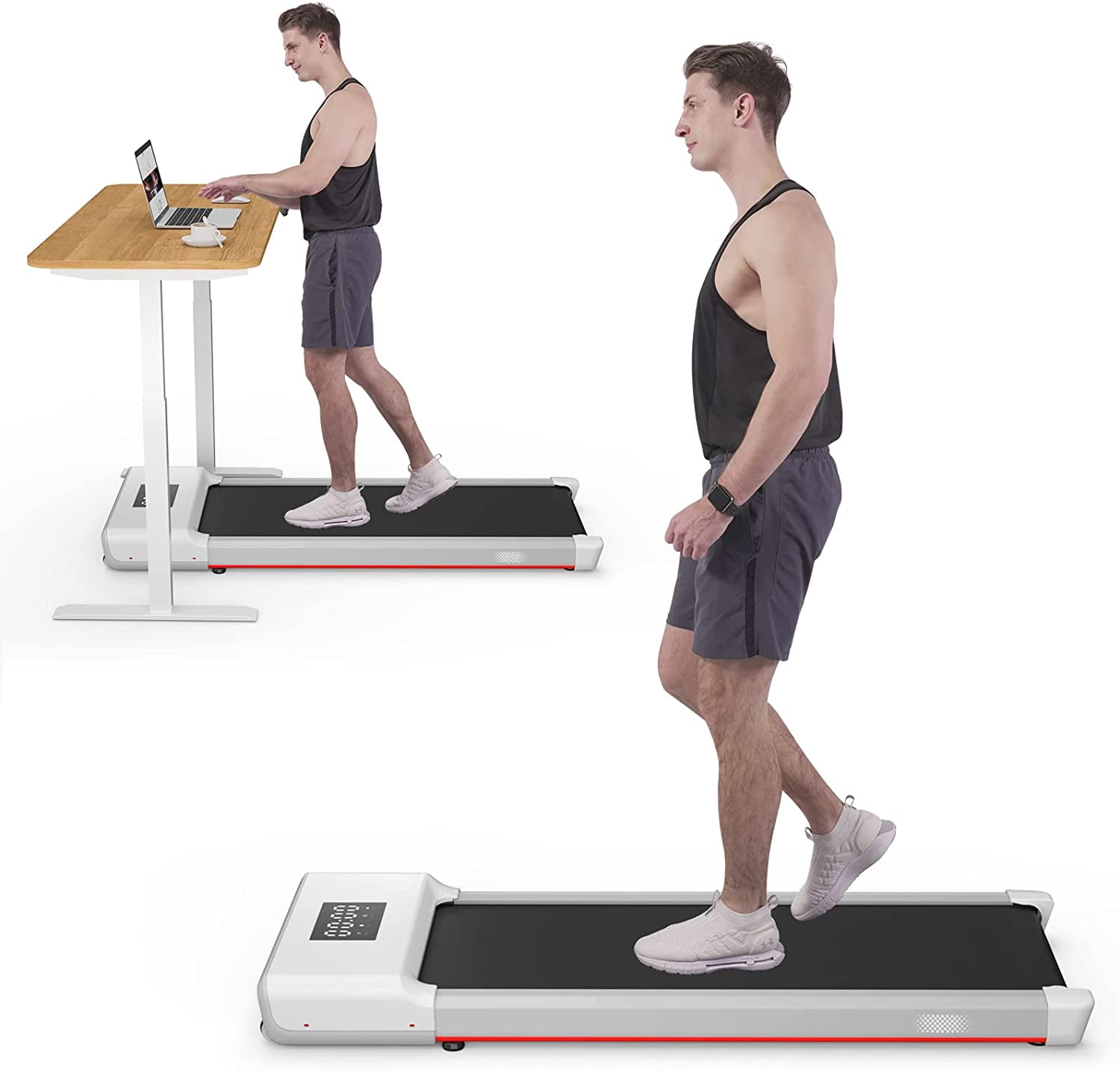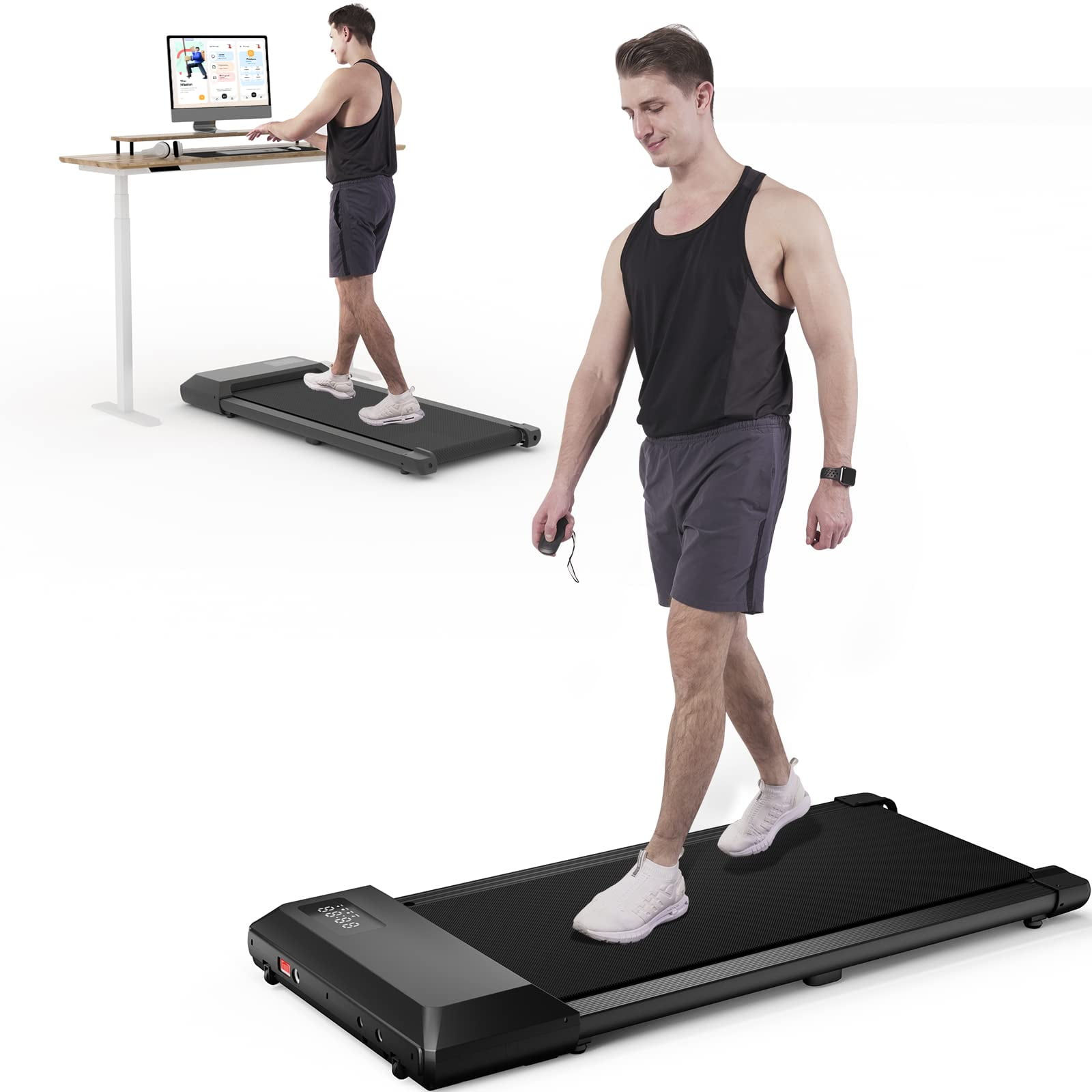Walking pads, in the pursuit of fitness, wellness, and exploration, walking emerges as a simple yet powerful activity that holds the key to numerous health benefits and enriching experiences. Central to the enjoyment and efficacy of walking are the walking pads, essential accessories designed to provide comfort, support, and traction with every step. This comprehensive exploration delves into the multifaceted advantages of walking pad, unraveling their significance in enhancing the walking experience and fostering a deeper connection with oneself and the world around.

Enhanced Comfort and Support
- Cushioned Comfort: Walking pad feature cushioned surfaces that absorb impact and reduce strain on joints, muscles, and tendons, fostering a more comfortable and enjoyable walking experience, particularly on hard surfaces such as pavement and concrete.
- Arch Support: Many walking pad are engineered with contoured designs and arch support features that promote proper foot alignment, alleviating discomfort and preventing common ailments such as plantar fasciitis and overpronation.
- Shock Absorption: The shock-absorbing properties of walking pad mitigate the impact of each step, reducing fatigue and minimizing the risk of injuries, making them indispensable companions for individuals of all ages and fitness levels.
Improved Stability and Balance
- Traction and Grip: Walking pad are equipped with textured surfaces and non-slip materials that provide enhanced traction and grip, allowing walkers to maintain stability and balance on varied terrain, from rugged trails to slick sidewalks.
- Secure Footing: By minimizing slippage and instability, walking pad instill confidence and security in each stride, empowering walkers to navigate challenging environments with ease and poise, whether trekking through urban jungles or natural landscapes.
- Enhanced Proprioception: The proprioceptive feedback provided by walking pad heightens sensory awareness and proprioception, enabling walkers to maintain spatial orientation and adjust their gait and posture in real time, fostering greater stability and control.

Injury Prevention and Rehabilitation
- Reduction of Impact Forces: Walking pad mitigate the impact forces exerted on the feet and lower extremities during walking, thereby reducing the risk of overuse injuries, stress fractures, and musculoskeletal strain, making them invaluable tools for injury prevention and rehabilitation.
- Alleviation of Pain: For individuals suffering from chronic foot pain, arthritis, or other orthopedic conditions, walking pad offer relief by providing cushioning, support, and pressure distribution that alleviate discomfort and promote healing, facilitating a return to pain-free mobility.
- Rehabilitative Support: Walking pad serve as supportive aids during the rehabilitative process following surgery or injury, offering gentle cushioning and stability that aid in restoring mobility, strength, and function to injured or weakened joints and muscles.
Versatility and Adaptability
- Multi-Surface Compatibility: Walking pad are designed to perform optimally on a variety of surfaces, including pavement, gravel, grass, sand, and indoor flooring, ensuring versatility and adaptability for walkers with diverse preferences and environments.
- Interchangeable Inserts: Some walking pads feature interchangeable inserts or customizable components that allow users to tailor the level of cushioning, support, and firmness to their individual needs and preferences, enhancing comfort and satisfaction.
- Portable Convenience: Lightweight and compact, walking pads are easily portable and can be carried in backpacks, gym bags, or luggage, enabling walkers to enjoy the benefits of enhanced comfort and support wherever their journeys may take them, from daily commutes to international adventures.

How to choose walking pads
Walking pads, often overlooked yet essential accessories for walkers of all ages and abilities, play a crucial role in enhancing comfort, stability, and overall walking experience. With a plethora of options available in the market, selecting the perfect walking pads can be a daunting task. However, armed with the right knowledge and considerations, choosing the ideal walking pad becomes a rewarding endeavor.
Understanding Your Needs
- Assessing Your Walking Habits: Begin by evaluating your walking habits, frequency, duration, and preferred terrain. Whether you’re a casual stroller, avid hiker, or urban commuter, understanding your walking habits is essential in selecting a walking pad that aligns with your lifestyle.
- Identifying Specific Requirements: Consider any specific requirements or challenges you may have, such as foot pain, arch support, or the need for extra cushioning. Identifying these requirements will narrow down your options and ensure that the chosen walking pad addresses your unique needs effectively.
- Setting Budgetary Constraints: Determine your budgetary constraints beforehand to streamline the selection process and avoid overspending. While walking pads are available in a wide price range, investing in quality and durability is paramount for long-term satisfaction and performance.
Exploring Key Features
- Material Composition: Evaluate the material composition of walking pads, considering factors such as durability, breathability, and moisture-wicking properties. Common materials include foam, gel, silicone, and memory foam, each offering unique benefits and drawbacks.
- Cushioning and Support: Assess the level of cushioning and support provided by walking pads, focusing on features such as shock absorption, arch support, and heel cupping. Opt for walking pads that offer adequate cushioning to reduce impact forces and alleviate discomfort during walking.
- Traction and Grip: Examine the traction and grip of walking pads, especially if you frequently walk on varied terrain or in inclement weather conditions. Look for walking pads with textured surfaces and non-slip materials to ensure stability and prevent slips and falls.

Considering Design and Fit
- Contoured Design: Choose walking pads with a contoured design that conforms to the natural shape of your feet, providing optimal support and alignment. Avoid flat or one-size-fits-all walking pads that may lack adequate support and cause discomfort over time.
- Size and Thickness: Select walking pads in the appropriate size and thickness to ensure a snug and comfortable fit inside your shoes. Pay attention to sizing charts provided by manufacturers and consider the thickness of the walking pad in relation to the available space in your shoes.
Seeking User Feedback and Reviews
- Researching Brands and Models: Take the time to research reputable brands and models of walking pads, considering factors such as customer reviews, ratings, and endorsements from podiatrists or healthcare professionals. Peer feedback provides valuable insights into the performance, durability, and comfort of walking pad.
- Testing and Comparison: Whenever possible, test multiple walking pads in-store or through trial offers to gauge their comfort, fit, and performance firsthand. Compare features, materials, and user experiences to identify the walking pad that best meets your needs and expectations.

Conclusion
In conclusion, walking pad emerge as indispensable allies in the pursuit of fitness, wellness, and exploration, offering a myriad of advantages that elevate the walking experience to new heights of comfort, stability, and enjoyment. From cushioned comfort and improved stability to injury prevention and adaptability, walking pads embody the essence of supportive companionship, empowering walkers to stride with confidence and grace on the path to health and vitality. As essential tools for individuals of all ages and abilities, walking pad pave the way for a lifetime of enriching experiences and transformative journeys, ensuring that every step is a step towards greater well-being and fulfillment.
